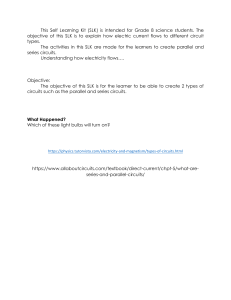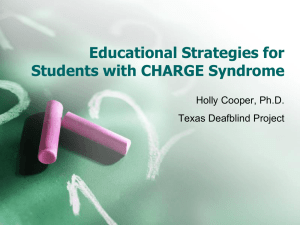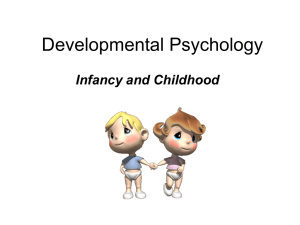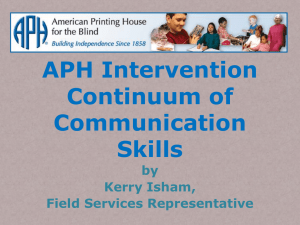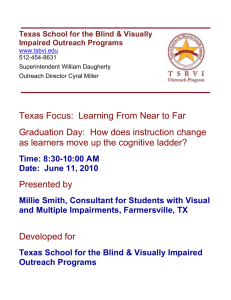SLK vs. SAM (10/21/2014)
advertisement
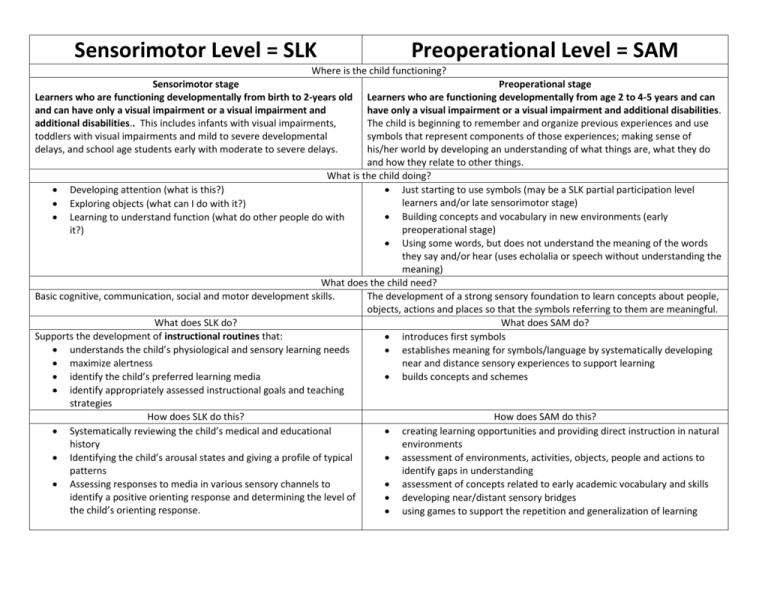
Sensorimotor Level = SLK Preoperational Level = SAM Where is the child functioning? Sensorimotor stage Preoperational stage Learners who are functioning developmentally from birth to 2-years old Learners who are functioning developmentally from age 2 to 4-5 years and can and can have only a visual impairment or a visual impairment and have only a visual impairment or a visual impairment and additional disabilities. additional disabilities.. This includes infants with visual impairments, The child is beginning to remember and organize previous experiences and use toddlers with visual impairments and mild to severe developmental symbols that represent components of those experiences; making sense of delays, and school age students early with moderate to severe delays. his/her world by developing an understanding of what things are, what they do and how they relate to other things. What is the child doing? Developing attention (what is this?) Just starting to use symbols (may be a SLK partial participation level learners and/or late sensorimotor stage) Exploring objects (what can I do with it?) Building concepts and vocabulary in new environments (early Learning to understand function (what do other people do with preoperational stage) it?) Using some words, but does not understand the meaning of the words they say and/or hear (uses echolalia or speech without understanding the meaning) What does the child need? Basic cognitive, communication, social and motor development skills. The development of a strong sensory foundation to learn concepts about people, objects, actions and places so that the symbols referring to them are meaningful. What does SLK do? What does SAM do? Supports the development of instructional routines that: introduces first symbols understands the child’s physiological and sensory learning needs establishes meaning for symbols/language by systematically developing maximize alertness near and distance sensory experiences to support learning identify the child’s preferred learning media builds concepts and schemes identify appropriately assessed instructional goals and teaching strategies How does SLK do this? How does SAM do this? Systematically reviewing the child’s medical and educational creating learning opportunities and providing direct instruction in natural history environments Identifying the child’s arousal states and giving a profile of typical assessment of environments, activities, objects, people and actions to patterns identify gaps in understanding Assessing responses to media in various sensory channels to assessment of concepts related to early academic vocabulary and skills identify a positive orienting response and determining the level of developing near/distant sensory bridges the child’s orienting response. using games to support the repetition and generalization of learning
